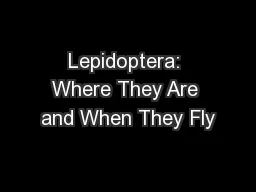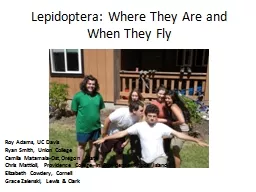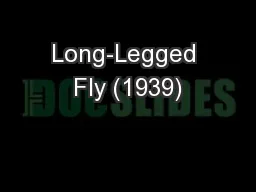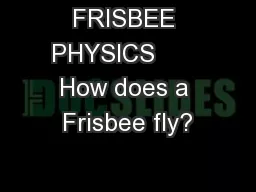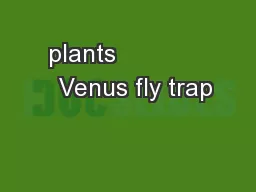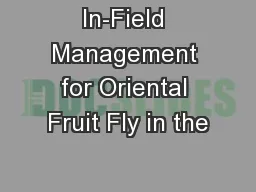PPT-Lepidoptera: Where They Are and When They Fly
Author : liane-varnes | Published Date : 2017-05-17
Roy Adams UC Davis Ryan Smith Union College Camila MatamalaOstOregon State Chris Mattioli Providence College in Providence Rhode Island Elizabeth Cowdery Cornell
Presentation Embed Code
Download Presentation
Download Presentation The PPT/PDF document "Lepidoptera: Where They Are and When The..." is the property of its rightful owner. Permission is granted to download and print the materials on this website for personal, non-commercial use only, and to display it on your personal computer provided you do not modify the materials and that you retain all copyright notices contained in the materials. By downloading content from our website, you accept the terms of this agreement.
Lepidoptera: Where They Are and When They Fly: Transcript
Download Rules Of Document
"Lepidoptera: Where They Are and When They Fly"The content belongs to its owner. You may download and print it for personal use, without modification, and keep all copyright notices. By downloading, you agree to these terms.
Related Documents

